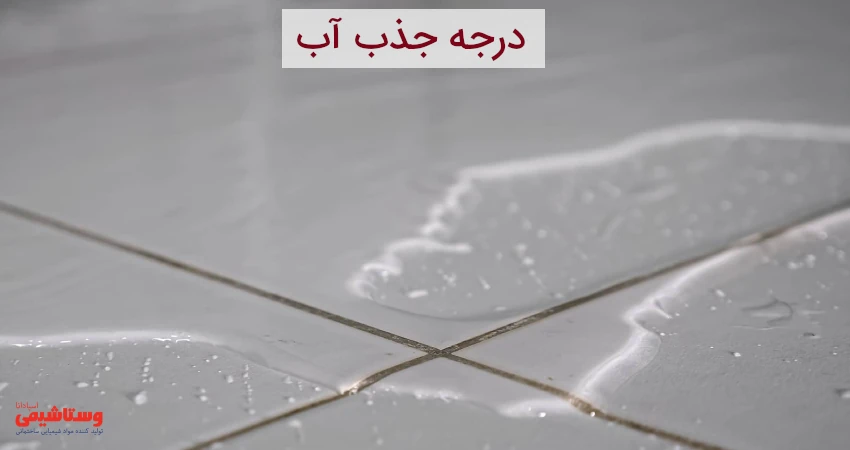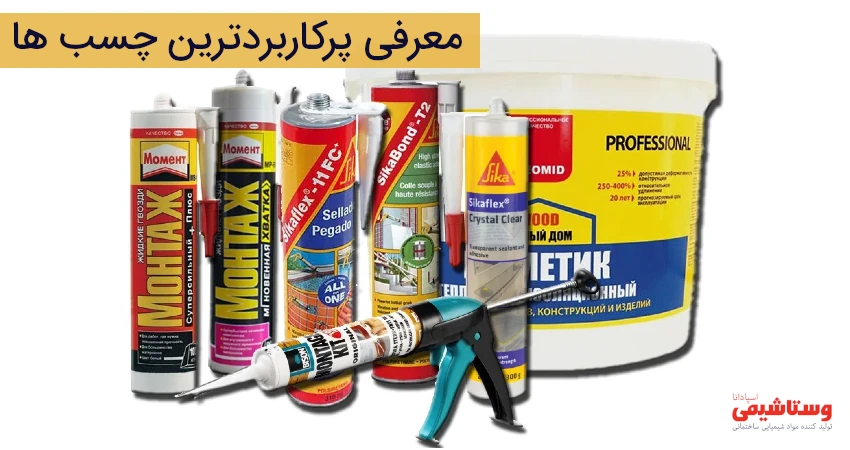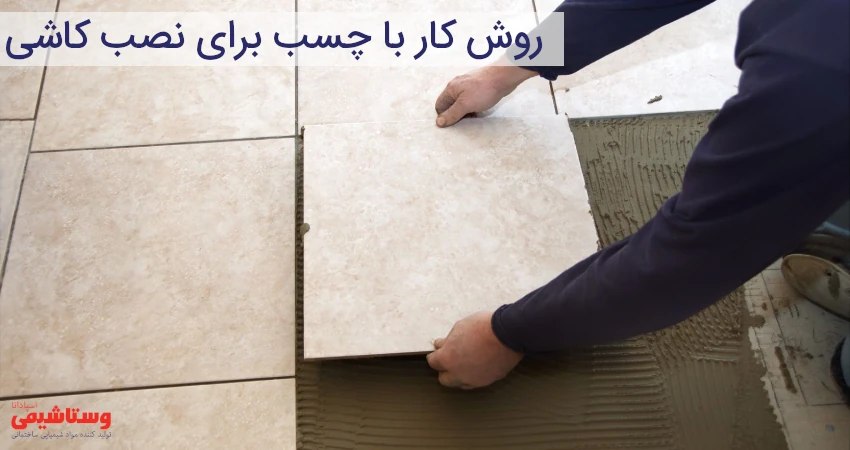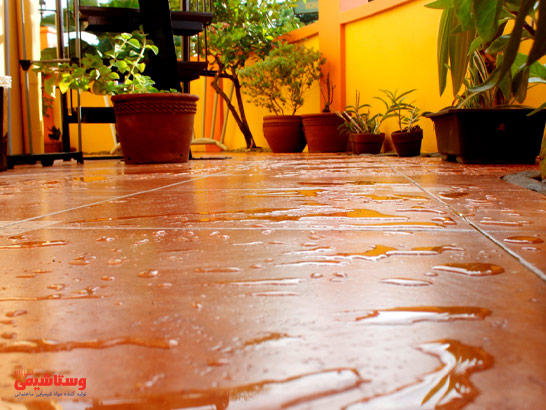Composite (composite materials or multiple structures)
It is defined as follows: It refers to a material that consists of two phases: matrix and reinforcement.
And from the second phase, a maximum of 5% has been used.
The combination of matrix with fibers (or reinforcing material) below 5% is called composite.
- In materials engineering, this term usually refers to materials that consist of a ground phase (matrix) and a reinforcement (filler).
- American Metallurgical Society definition: The macroscopic combination of two or more separate materials that have a specific interface between them is called a composite.
The composite consists of two main parts: matrix and reinforcement.
The matrix surrounds the amplifier and holds it in its relative position.
The reinforcement improves the mechanical properties of the structure.
In general, the reinforcement can be in the form of short or long continuous fibers
Contents
- 1 Classification of composites from a biological point of view
- 2 Classification of engineering composites according to the phase of the background
- 3 stages of designing composites
- 4 Classification of composites according to the type of reinforcement
- 5 green composites (biodegradable composites)
- 6 advantages of composite materials
- 7 types of nano composites
- 8 Dimensional specifications of composite sheets
- 9 applications
- 10 Hardness of unidirectional composites
- 11. Related searches
- 12 sources
- 13 resources for further study
Classification of composites from a biological point of view
- Natural composites. such as bone, muscle, wood, etc.
- synthetic composites (engineering)
Classification of engineering composites according to the phase of the context
- CMC (ceramic matrix composites) (in English: Ceramic Matrix Composite)
- PMC (polymer-based composites) (in English: Polymer Matrix Composite)
- MMC (metal matrix composites) (in English: Metal Matrix Composite)
Design stages of composites
- Gathering information about the application of the part (static forces, dynamics and environmental conditions)
- Basic specifications of the piece (materials, dimensions, and arrangement of layers)
- Time and cost
- Examining calculation methods (analytical and numerical)
- Identification of manufacturing methods
- How to assemble (methods of connecting parts)
7. Optimization (light weight, high strength and low cost)
Classification of composites according to the type of reinforcement
- FRC (Fiber Reinforced Composites)
- PRC (Particle Reinforced Composites)
- WRC (Whisker Reinforced Composites)
Green composites (biodegradable composites)
In such composites, the base and reinforcing phase are made of materials that decompose in nature.
In green composites, the ground phase is usually bioresorbable synthetic polymers
And reinforcements are made from plant fibers.
Advantages of composite materials
The most important advantage of composite materials is that their properties can be controlled according to needs.
In general, composite materials have the following advantages:
- High mechanical resistance to weight
- High resistance to corrosion
- Excellent fatigue properties compared to metals
- Good thermal insulation properties
- Due to their greater rigidity, under a given load, they have less spring (sometimes tens of times less) than metals.
- High strength
- Low volume to weight ratio
- The lightness of the leg is several times stronger than steel with a weight that is several times less
- Lower cost and economic savings
Types of nano composites
- Nanoparticle nanocomposites
- Nanotube nanocomposites
- Clay-polymer nanocomposites
- Diamond-nanotube nanocomposites
Dimensional specifications of composite sheets
Standard width 1220 mm and maximum width 1550 mm, standard length 2440 mm
and a maximum length of 6000 mm, thickness from 3 to 6 mm
Each square meter of aluminum panel weighs only 3.5 to 5.5 kg, which is effective in terms of earthquake safety and easy transportation.
Application:
Fiberglass is one of the most widely used composites.
Fiberglass is a polymer-based composite reinforced by glass fibers.
Composites are used in the construction of stealth fighters.
Composites are also used in the manufacture of airplane parts, wind turbine blades, and helicopter blades.
In general, composite materials (composite materials) due to their very low mass and high resistance to metals,
They are widely used in the air and space industry. Also carbon-epoxy composites
They are high strength composites that are used in military industries.
Among other composite applications, we can mention the production of fiberglass composite tanks.
Hardness of unidirectional composites
The stiffness of unidirectional composites, like other structural materials, can be determined by appropriate and correct relationships.
The coefficients or constants of these relations can be collected in a device of engineering or compliance constants or partial modules.
The values of each device can be directly defined by terms of the values of other devices.
The stiffness of unidirectional composites is governed by the same stress-strain relationships as in traditional engineering materials.
it will be counted. except that the only number of independent constants in composites is four.
There are three stages of stress on composites:
- Micromechanical or regional stress, which is calculated based on the differences between the continuous phases of the fibers.
- The matrix and in some cases the interface between the reinforcement and the matrix is air bubbles.
- Layer stress which is calculated based on the homogeneity of each individual layer or group of layers. In such a way that the fibers and the matrix are mixed in such a way that there is no separate phase.
- The stress result of a laminate N or the moment result of a laminate M is the average stress of the layers in the thickness of that laminate.
When working with composites, attention should be paid to the marks.
Because the difference between compressive and tensile strengths may be several hundred percent.
In addition, there is a greater difference between negative and positive shear resistance.
Despite the traditional substances in which symptoms are of little importance,
In composites, a mistake in the announcement will have dire results.
There are three sets of material constants, each of which alone can fully elucidate the stiffness of unidirectional zinc-axial composites.
The features of these devices are:
- Moduli have been used to obtain stress from strain.
- It is the most basic device required for hardening multi-directional laminates.
- Compliances are used to calculate strain from stress.
- This is a device that is needed to calculate engineering constants.
- This device is not needed to obtain the hardness of multi-directional laminates.
- Engineering constants are the works of traditional materials; And traditional designers feel more comfortable working with engineering constants. It is possible to find another device from one device of constants; And all at the same time are equivalent to each other. There is a direct relationship between modules and partial compliances; And each one is a reflection of the other.
Couple compliances and Couple moduli are equal.
In other words, from the point of view of matrix algebra, it is compliance and modulus of correlation.
Introducing our products
As you know, to buy accessories such as: tile adhesive , ceramic adhesive and porcelain adhesive; You should use your utmost care to choose the best quality. Because the poor quality of any of these products may cause irreparable damages. Vesta Chemical factory has years of experience as the basis of its products, so that it can offer the best to you dear ones. Other products that Vestashimi offers you with the best quality include: Sealing glue، Light block glue، anti-acid، Waterproofing، Nano look coating، Epoxy resin product، Roof insulation، concrete glue، Epoxy resin، strapping powder، thatch، Primer، Groot، Rebar planting paste، Epoxy glue is. Get in touch with Vestashimi for more services.
Source: Wikipedia encyclopedia





